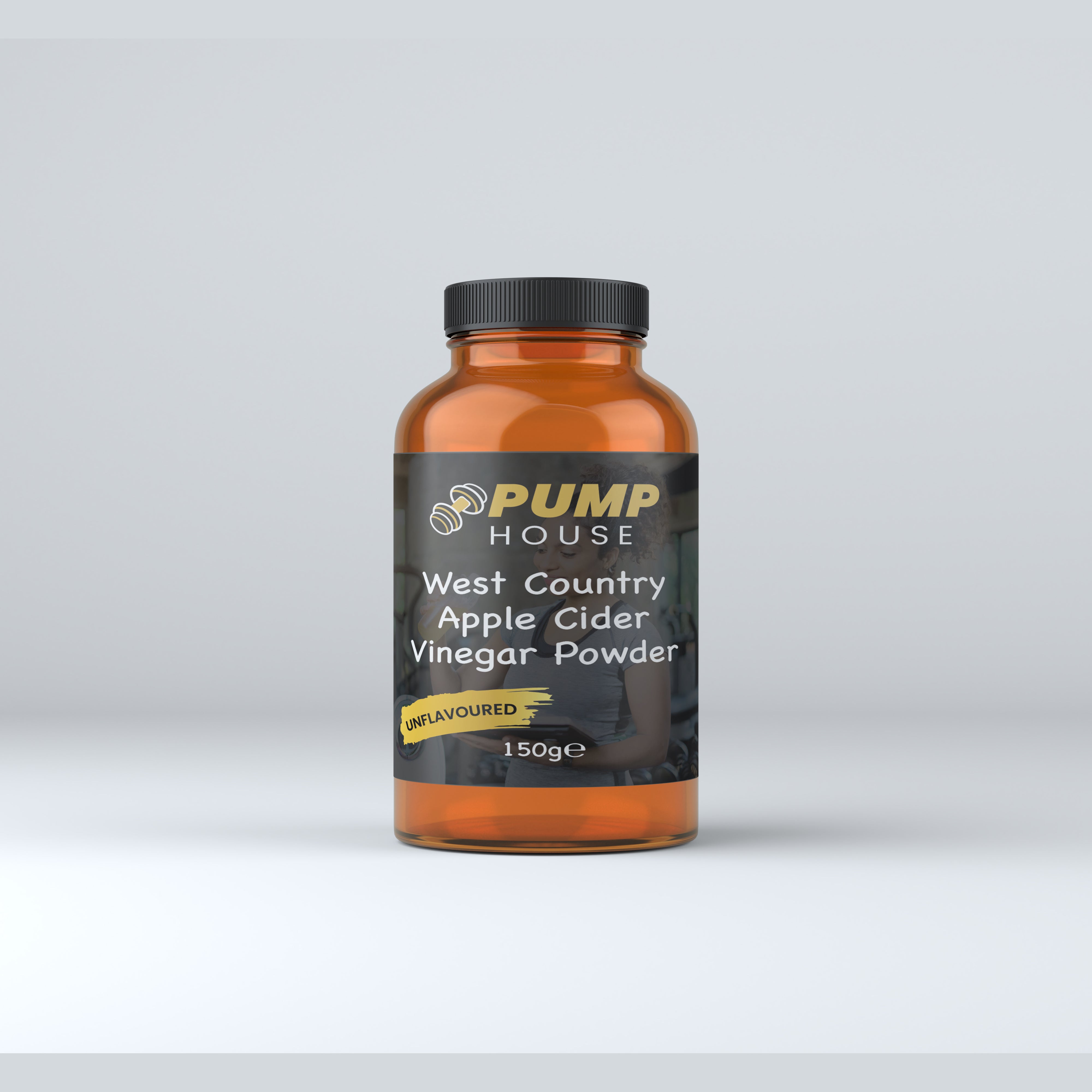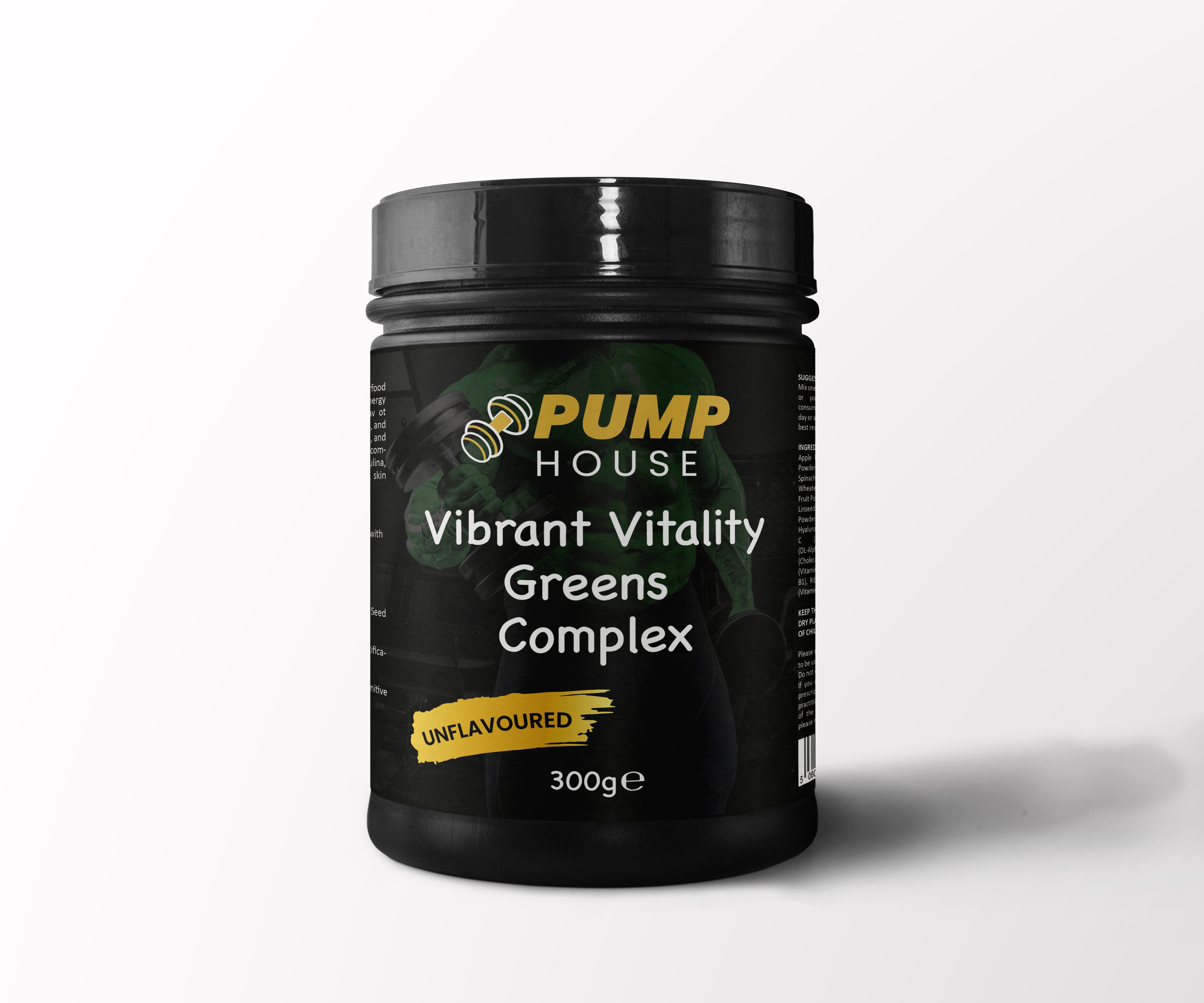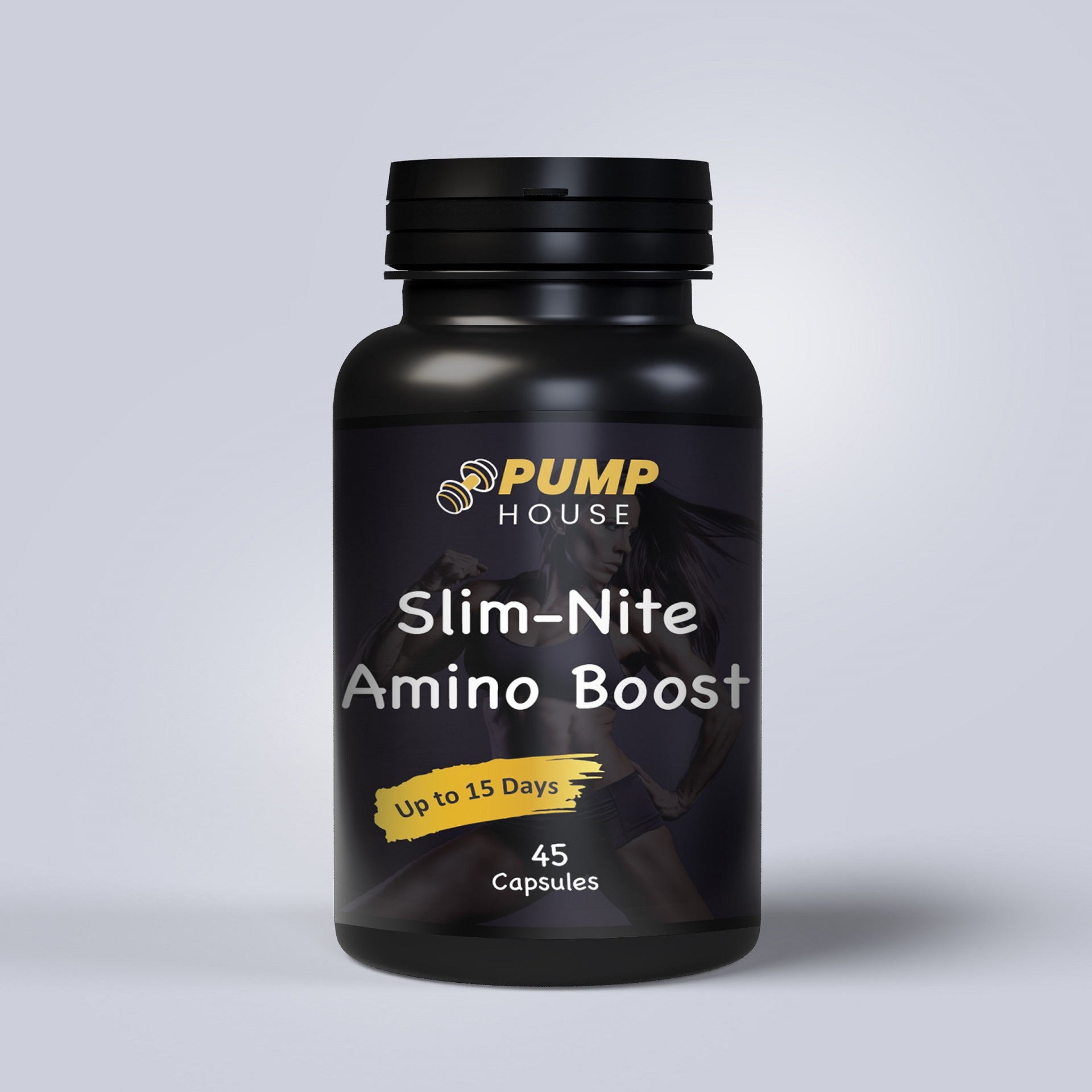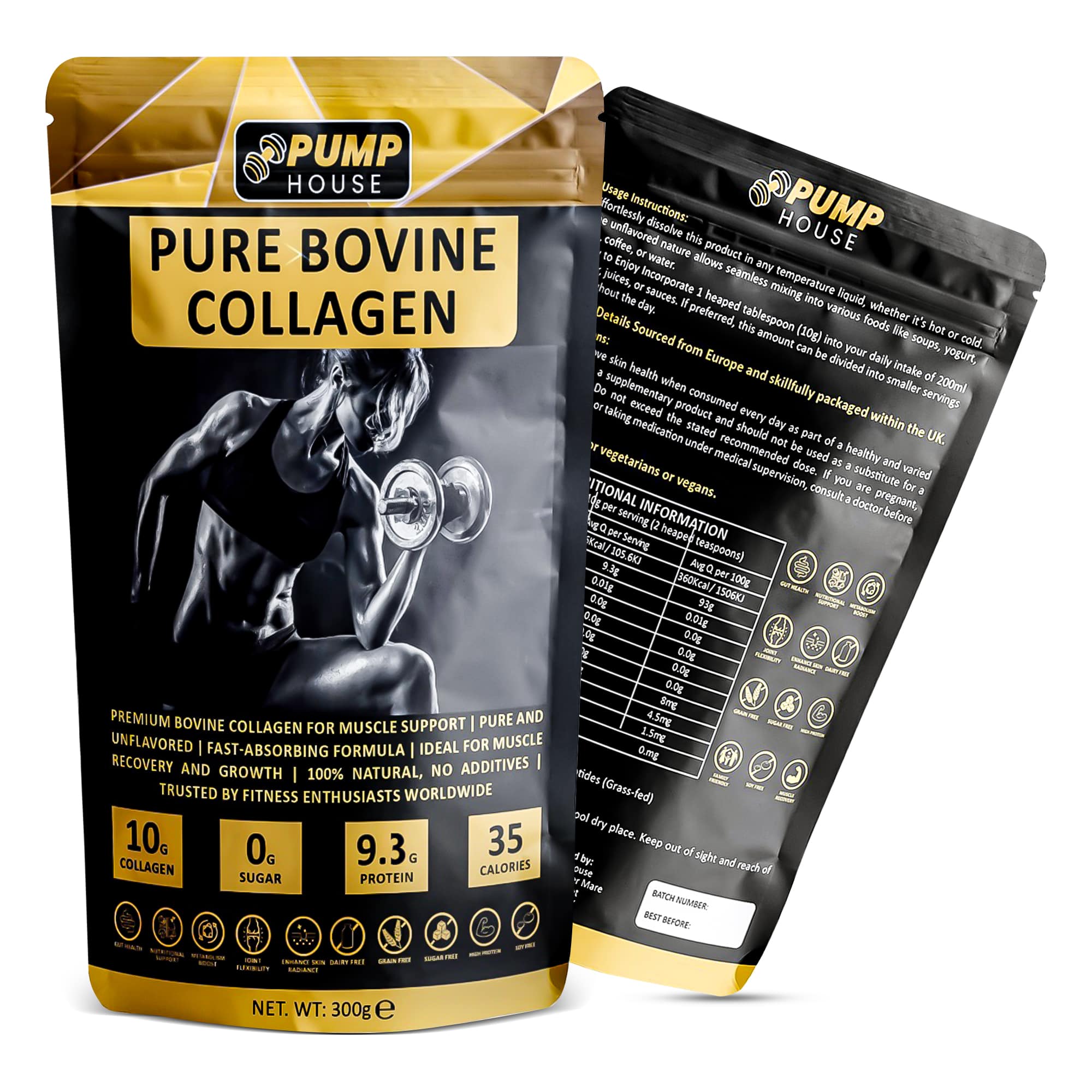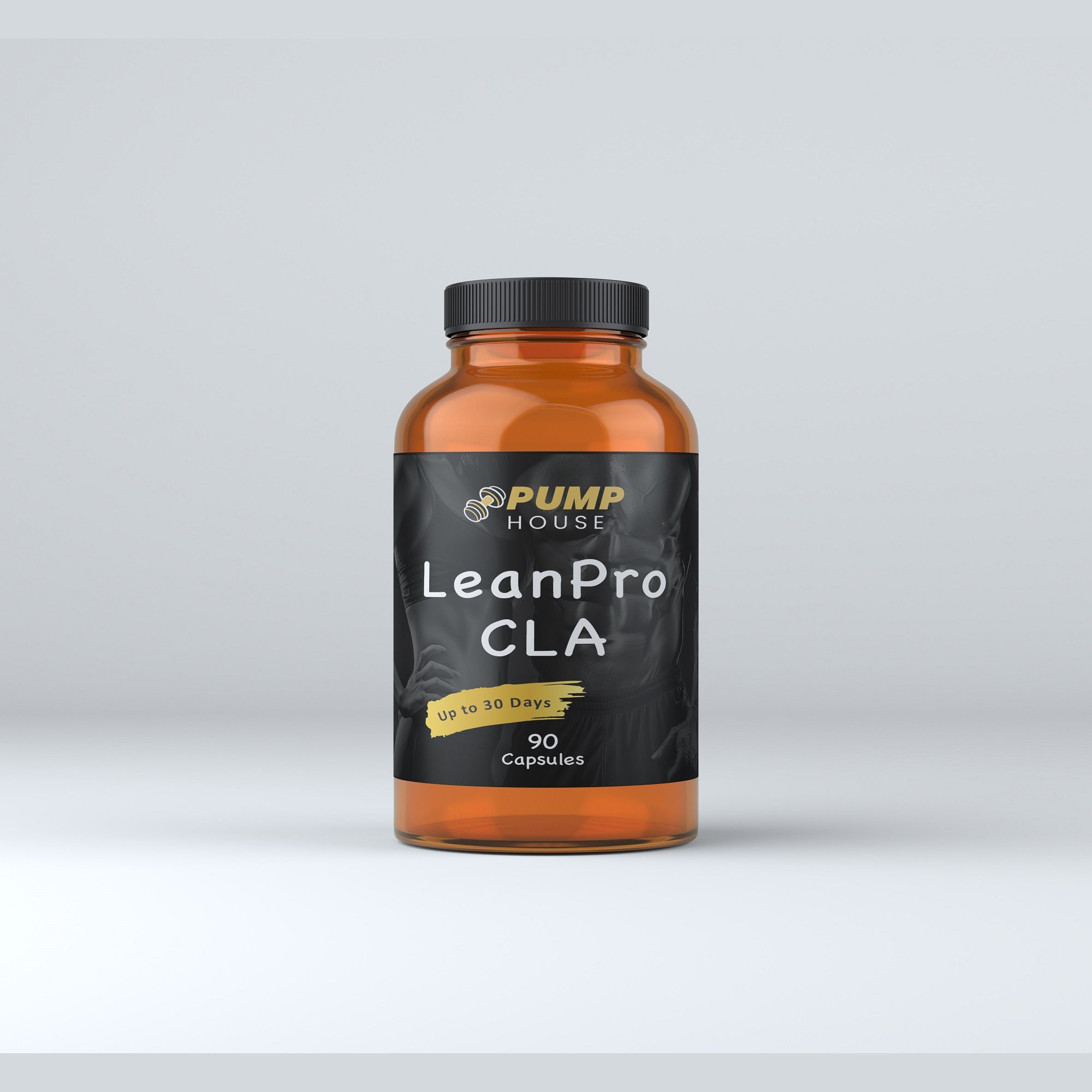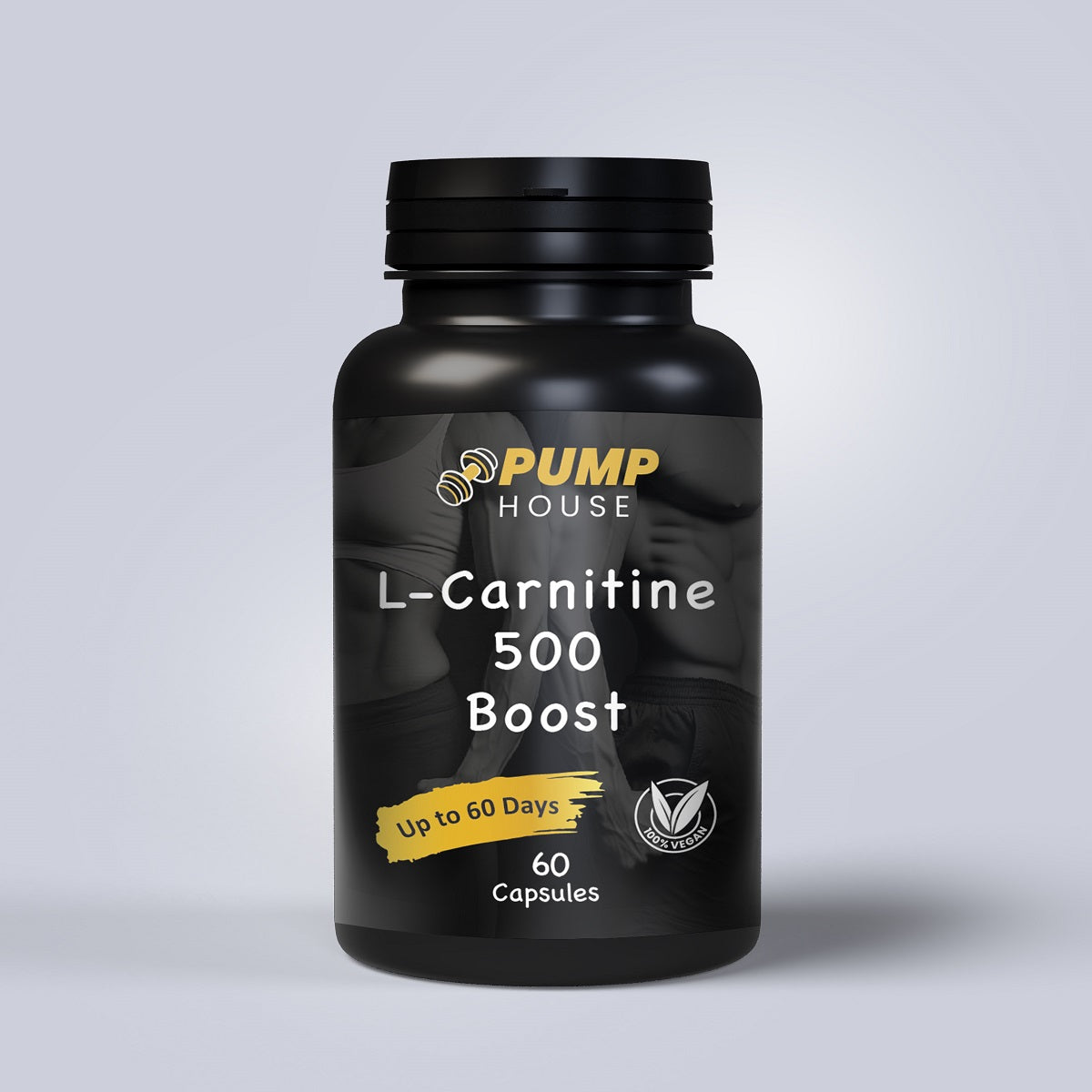
Fuelling Your HIIT: A Guide to Optimal Nutrition for High-Intensity Interval Training
Fuelling Your HIIT: A Guide to Optimal Nutrition for High-Intensity Interval Training
Introduction to High-Intensity Interval Training (HIIT)
High-Intensity Interval Training (HIIT) has gained popularity in recent years as an effective and efficient way to improve fitness and burn calories. HIIT involves short bursts of intense exercise followed by periods of rest or lower-intensity exercise. This type of training can be done with various exercises, such as running, cycling, or bodyweight exercises.
The benefits of HIIT are numerous. It has been shown to increase cardiovascular fitness, improve insulin sensitivity, and burn more calories in a shorter amount of time compared to steady-state cardio exercises. Additionally, HIIT can help increase muscle mass and improve overall body composition.
While exercise is a crucial component of any fitness routine, nutrition plays a vital role in supporting HIIT performance and maximizing results. Proper nutrition provides the fuel and nutrients needed for energy, muscle recovery, and growth. Without a well-balanced diet, individuals may not be able to perform at their best during HIIT workouts and may not see the desired results.
Understanding the Importance of Nutrition for HIIT
Nutrition plays a significant role in HIIT performance. The food we eat provides the energy needed for intense exercise and supports muscle recovery and growth. Without proper nutrition, individuals may experience fatigue, decreased performance, and slower recovery times.
Macronutrients, which include carbohydrates, protein, and fats, are the building blocks of a HIIT-focused diet. Each macronutrient serves a specific purpose in supporting HIIT performance and should be consumed in appropriate amounts.
Macronutrients: The Building Blocks of a HIIT-Focused Diet
Macronutrients are nutrients that provide energy in the form of calories. They include carbohydrates, protein, and fats. Each macronutrient has a specific role in supporting HIIT performance and should be consumed in appropriate ratios.
Carbohydrates are the body's primary source of energy during high-intensity exercise. They are broken down into glucose, which is used to fuel the muscles. Consuming an adequate amount of carbohydrates before a HIIT workout can help improve performance and delay fatigue.
Protein is essential for muscle recovery and growth. During HIIT workouts, muscles undergo stress and damage, and protein helps repair and rebuild them. Consuming enough protein after a HIIT session can help speed up recovery and promote muscle growth.
Fats are another important macronutrient for HIIT performance. They provide a concentrated source of energy and help maintain hormone balance. Including healthy fats in the diet can improve endurance and support overall health.
The Role of Carbohydrates in Fueling HIIT Workouts
Carbohydrates play a crucial role in fueling HIIT workouts. During high-intensity exercise, the body relies on glucose, which is derived from carbohydrates, as its primary source of energy. Consuming an adequate amount of carbohydrates before a HIIT session can help improve performance and delay fatigue.
There are two types of carbohydrates: simple carbohydrates and complex carbohydrates. Simple carbohydrates, such as fruits and refined sugars, are quickly digested and provide a rapid source of energy. Complex carbohydrates, such as whole grains and vegetables, are digested more slowly and provide sustained energy.
The recommended carbohydrate intake for HIIT varies depending on factors such as body weight, activity level, and goals. However, a general guideline is to consume 1-3 grams of carbohydrates per kilogram of body weight before a HIIT workout.
Protein: The Key to Muscle Recovery and Growth
Protein is essential for muscle recovery and growth. During HIIT workouts, muscles undergo stress and damage, and protein helps repair and rebuild them. Consuming enough protein after a HIIT session can help speed up recovery and promote muscle growth.
There are various sources of protein that can be included in a HIIT-focused diet. Animal sources, such as lean meats, poultry, fish, and dairy products, are complete proteins that contain all essential amino acids. Plant-based sources, such as legumes, tofu, tempeh, and quinoa, are also rich in protein but may need to be combined to ensure all essential amino acids are obtained.
The recommended protein intake for HIIT varies depending on factors such as body weight, activity level, and goals. However, a general guideline is to consume 0.8-1.2 grams of protein per kilogram of body weight per day.
The Benefits of Healthy Fats for HIIT Performance
Healthy fats play a crucial role in supporting HIIT performance. They provide a concentrated source of energy and help maintain hormone balance. Including healthy fats in the diet can improve endurance and support overall health.
There are different types of fats, including saturated fats, trans fats, monounsaturated fats, and polyunsaturated fats. Saturated and trans fats should be limited as they can increase the risk of heart disease. Monounsaturated and polyunsaturated fats, on the other hand, are considered healthy fats and should be included in a HIIT-focused diet.
Sources of healthy fats include avocados, nuts and seeds, olive oil, fatty fish (such as salmon and mackerel), and coconut oil. These fats can be incorporated into meals and snacks to provide sustained energy during HIIT workouts.
The recommended fat intake for HIIT varies depending on factors such as body weight, activity level, and goals. However, a general guideline is to consume 20-35% of total daily calories from fat.
Hydration: Staying Fuelled and Focused During HIIT
Hydration is often overlooked but plays a crucial role in HIIT performance. Proper hydration ensures that the body is fueled and focused during workouts. Dehydration can lead to decreased performance, fatigue, and increased risk of injury.
It is important to drink enough fluids before, during, and after a HIIT session. The recommended fluid intake for HIIT varies depending on factors such as body weight, activity level, and environmental conditions. However, a general guideline is to consume 500-1000 ml of fluid 2-3 hours before a workout and an additional 200-300 ml every 15-20 minutes during exercise.
In addition to water, electrolytes are also important for HIIT performance. Electrolytes, such as sodium, potassium, and magnesium, help maintain fluid balance and support muscle function. Consuming electrolyte-rich foods or sports drinks can help replenish electrolytes lost through sweat during HIIT workouts.
Pre-Workout Nutrition: What to Eat Before a HIIT Session
Pre-workout nutrition is essential for optimal HIIT performance. The food consumed before a workout provides the energy needed to fuel intense exercise and helps prevent fatigue.
A balanced pre-workout meal or snack should include a combination of carbohydrates, protein, and healthy fats. This combination provides sustained energy and supports muscle recovery and growth.
Some examples of pre-workout meals or snacks for HIIT include a banana with almond butter, Greek yogurt with berries and granola, or a turkey and avocado wrap on whole grain bread. It is important to consume the meal or snack 1-2 hours before a workout to allow for proper digestion.
Post-Workout Nutrition: The Importance of Refueling and Recovery
Post-workout nutrition is crucial for optimal recovery and muscle growth after a HIIT session. Consuming the right nutrients after exercise helps replenish glycogen stores, repair damaged muscles, and promote muscle growth.
A balanced post-workout meal or snack should include a combination of carbohydrates and protein. Carbohydrates help replenish glycogen stores, while protein supports muscle recovery and growth.
Some examples of post-workout meals or snacks for HIIT include a protein shake with a banana, grilled chicken with sweet potatoes and vegetables, or a quinoa salad with mixed greens and grilled salmon. It is important to consume the meal or snack within 30-60 minutes after a workout to maximize nutrient absorption.
Creating a Personalized Nutrition Plan for Optimal HIIT Performance
Creating a personalized nutrition plan is essential for optimal HIIT performance. Everyone's nutritional needs are different, and it is important to tailor the diet to individual goals, preferences, and lifestyle.
To create a personalized nutrition plan for HIIT, it is important to consider factors such as body weight, activity level, goals, and any dietary restrictions or preferences. Consulting with a registered dietitian or nutritionist can be helpful in determining the appropriate macronutrient ratios and overall calorie intake.
In addition to macronutrients, it is also important to consider micronutrients, such as vitamins and minerals, in a HIIT-focused diet. Consuming a variety of fruits, vegetables, whole grains, lean proteins, and healthy fats can help ensure an adequate intake of essential nutrients.
Sticking to a HIIT-focused diet can be challenging at times. It is important to plan meals and snacks in advance, have healthy options readily available, and find ways to stay motivated and accountable. Keeping track of food intake and progress can also be helpful in staying on track and making adjustments as needed.
Conclusion
Nutrition plays a crucial role in supporting HIIT performance and maximizing results. Proper nutrition provides the fuel and nutrients needed for energy, muscle recovery, and growth. Balancing macronutrients, including carbohydrates, protein, and fats, is essential for optimal HIIT performance.
Carbohydrates provide the energy needed for high-intensity exercise, while protein supports muscle recovery and growth. Healthy fats provide sustained energy and support overall health. Hydration is also important for fueling and focusing during HIIT workouts.
Creating a personalized nutrition plan is essential for optimal HIIT performance. Consulting with a registered dietitian or nutritionist can help determine the appropriate macronutrient ratios and overall calorie intake. Sticking to a HIIT-focused diet may require planning, preparation, and accountability, but the results can be well worth it.
If you're looking to enhance your high-intensity interval training (HIIT) routine, you may want to consider incorporating bovine collagen into your diet. Bovine collagen has been shown to support joint health and improve skin elasticity, making it a valuable addition to any fitness regimen. In fact, a recent article from Pump House UK explores the benefits of bovine collagen for both joint and skincare regimes. To learn more about how bovine collagen can elevate your HIIT performance, check out their article here.

